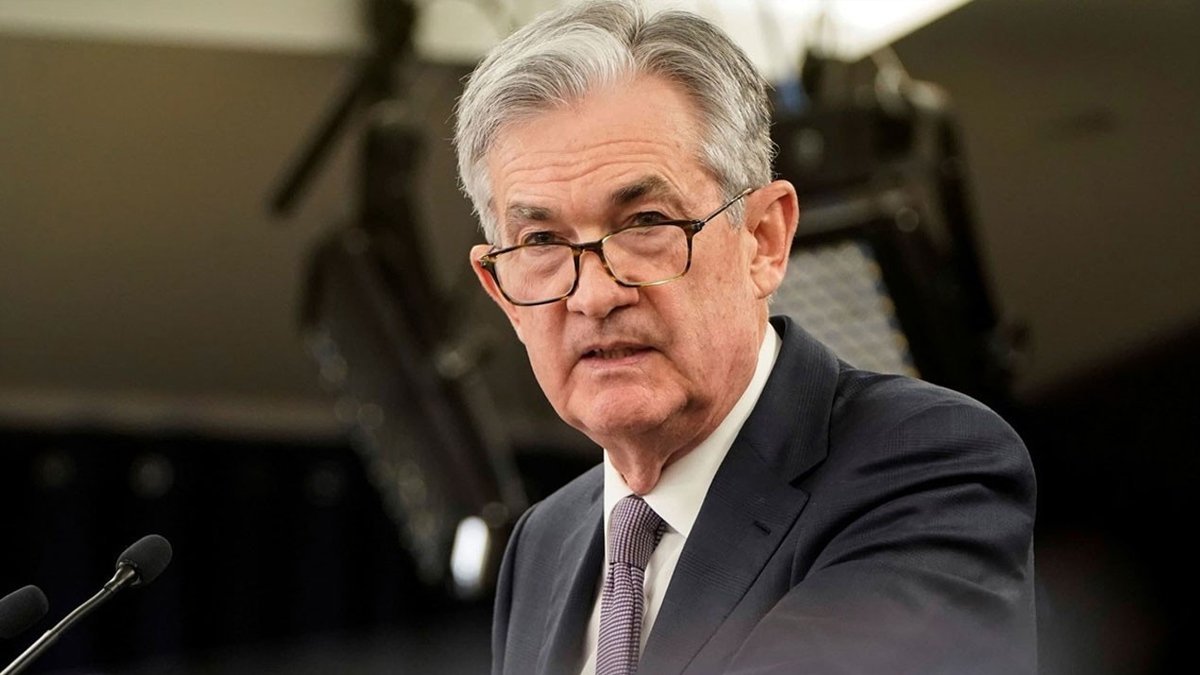The Federal Reserve increases interest rates in an effort to reduce historically high inflation.
As business and housing demand was hampered by record-high inflation and aggressive interest rate rises from the Federal Reserve, the US economy contracted for the second consecutive quarter, triggering one definition of a “technical recession.”
The nation’s gross domestic product decreased by 0.9% annually after falling by 1.6% in the previous quarter, according to data released on Thursday by the Commerce Department.
The National Bureau of Economic Research is the official judge of recessions in the US, even though the traditional definition of a “technical recession” is a second consecutive quarter of declining GDP.
According to its definition, a situation like this is “a major fall in economic activity distributed across the economy, lasting more than a few months, typically observable in output, employment, real income, and other indicators.”
The GDP report is released at a time when businesses and consumers are dealing with skyrocketing costs owing to inflation. In order to counteract the price hikes, the Federal Reserve stated on Wednesday that it will boost interest rates by 75 basis points.
According to Fed Chair Jerome Powell, the US is not in a recession. He cited a robust labor market as one of the country’s positive economic indicators.
the source used to produce the news: https://www.thenationalnews.com/


